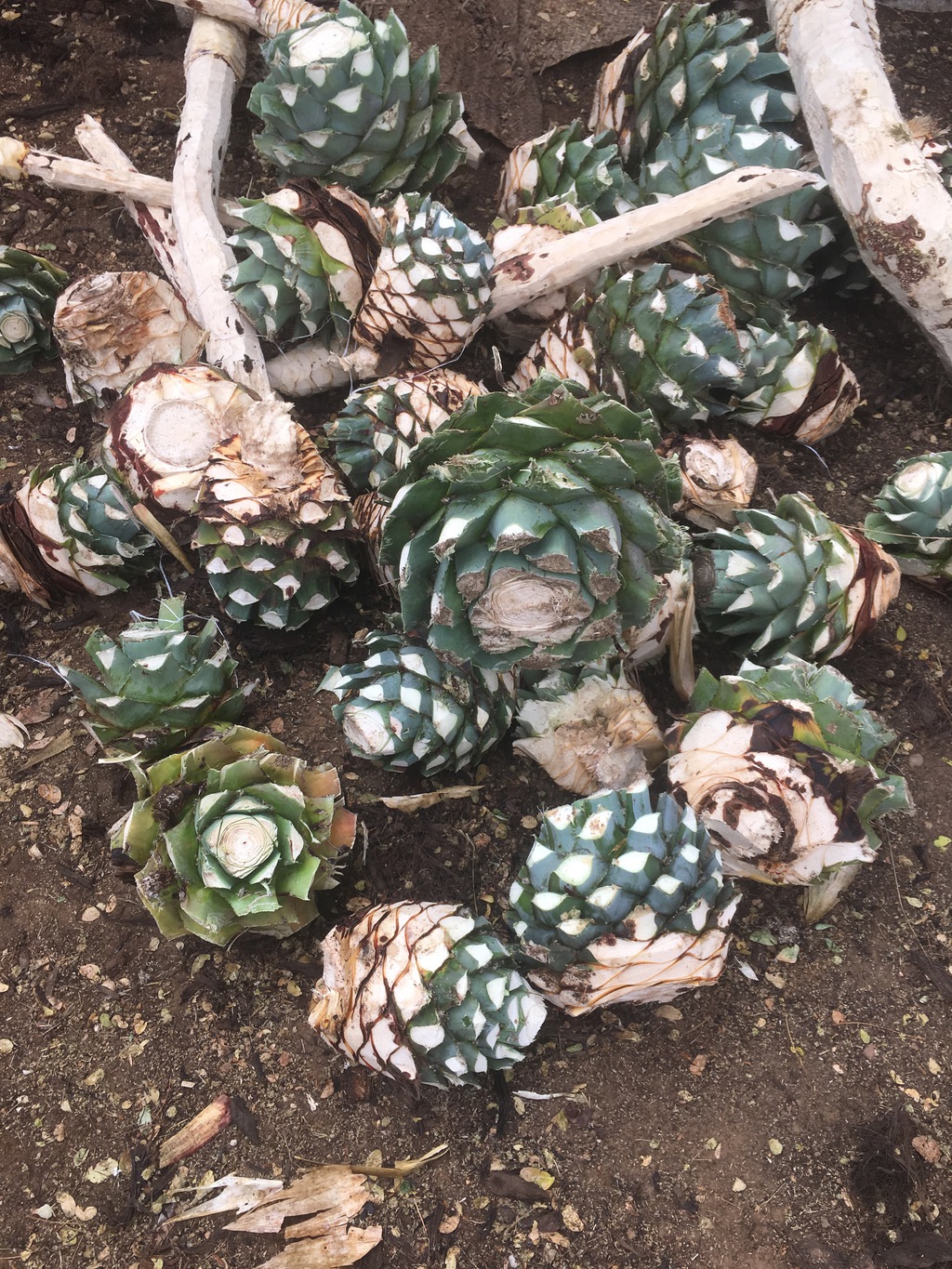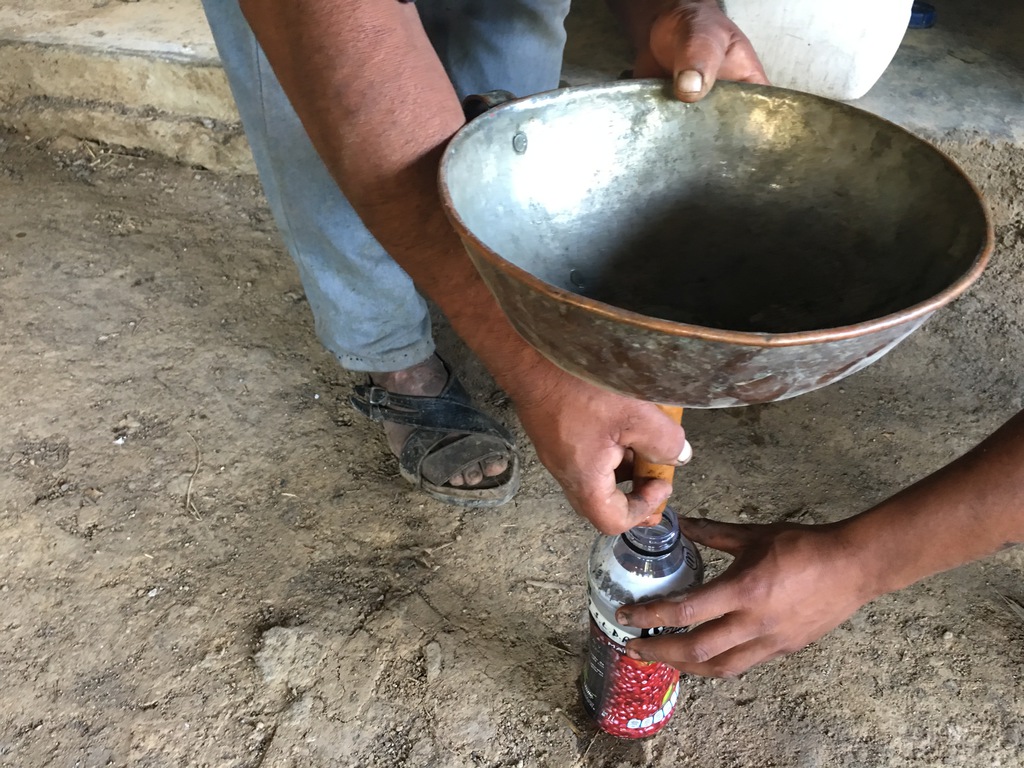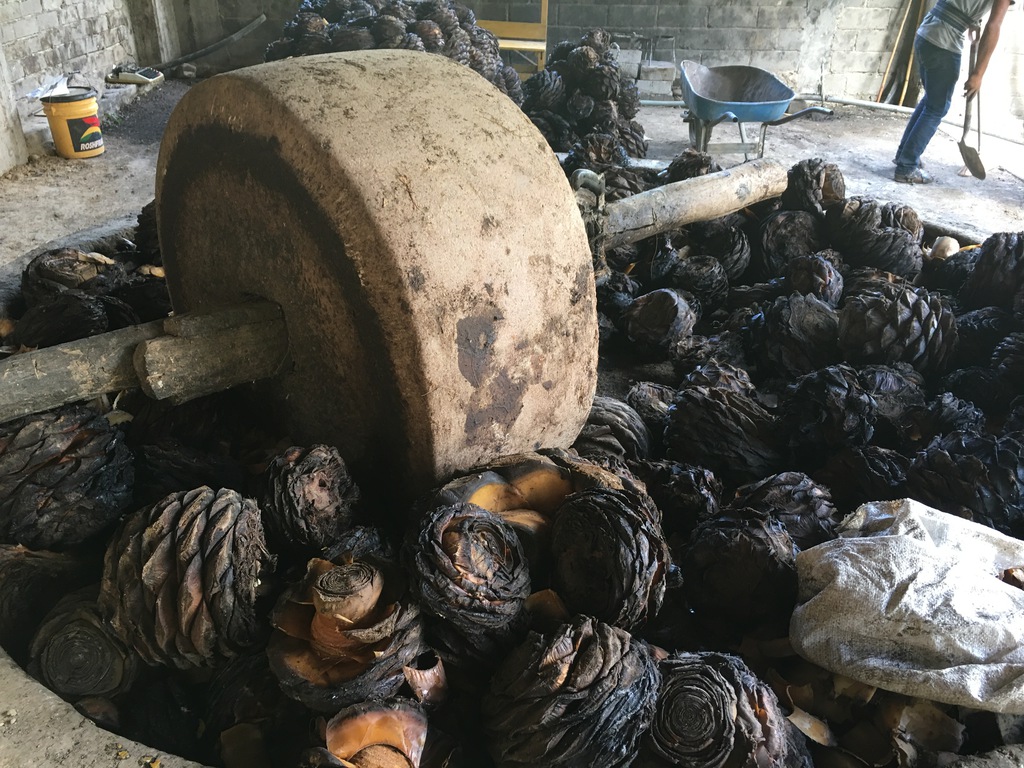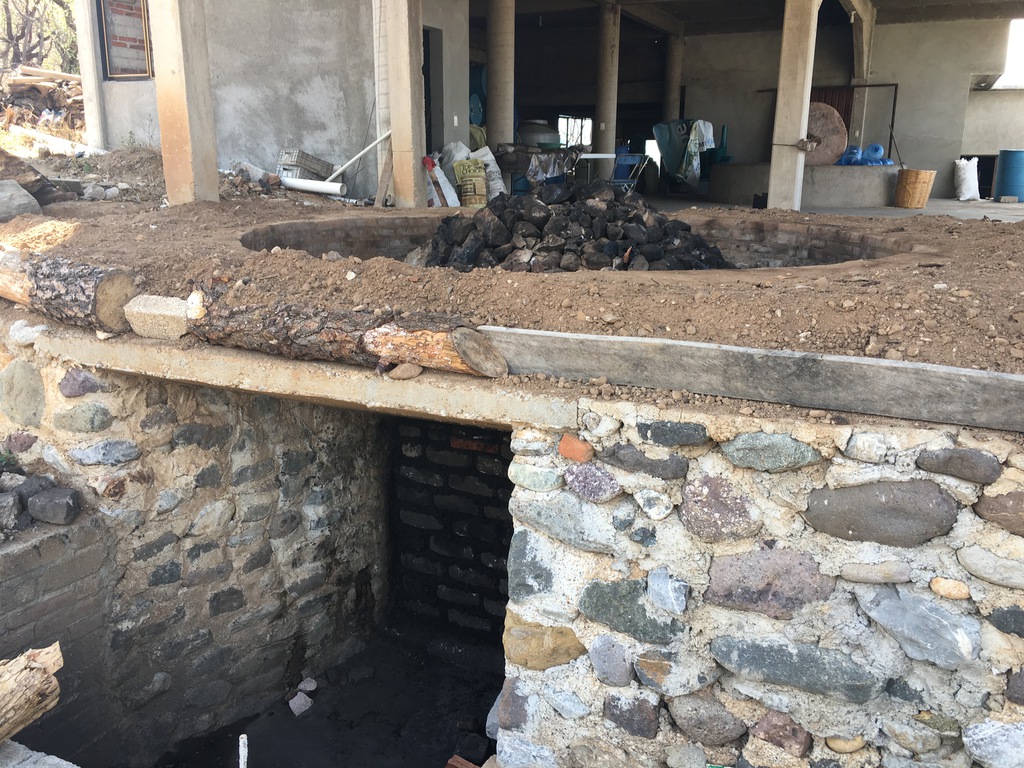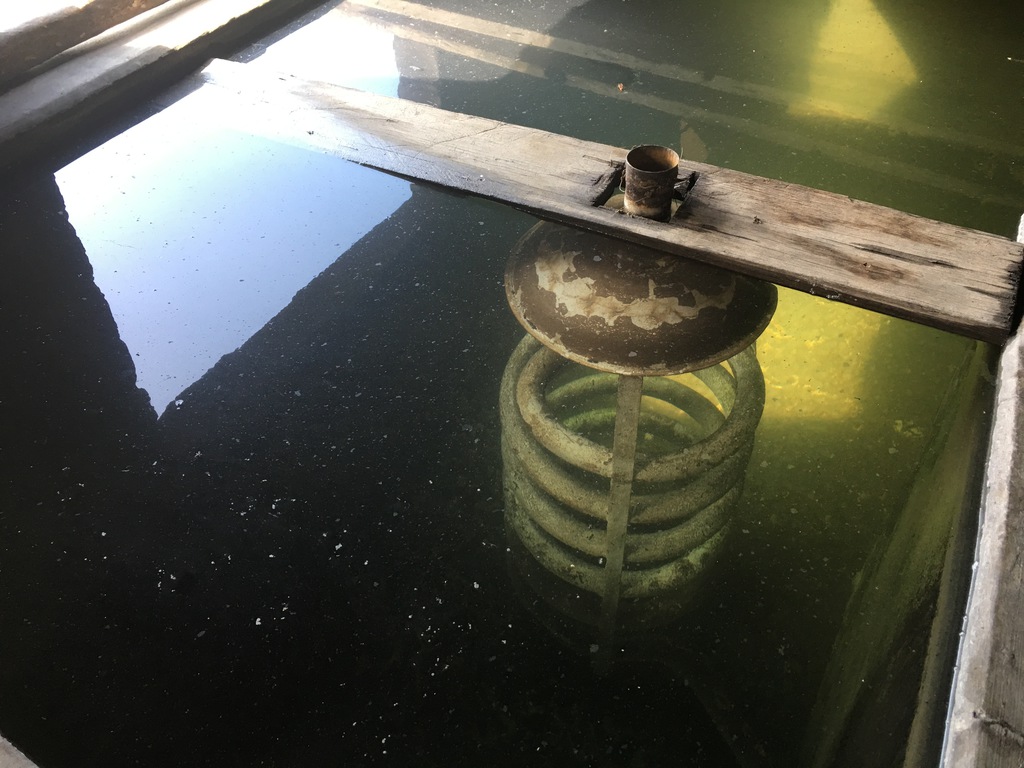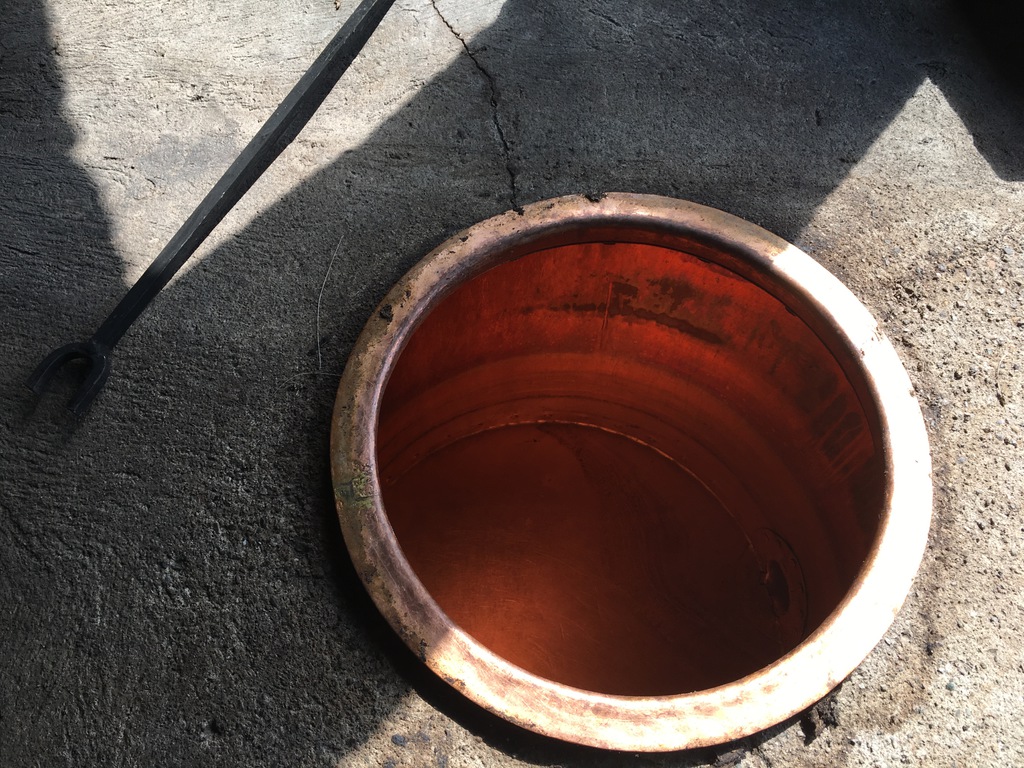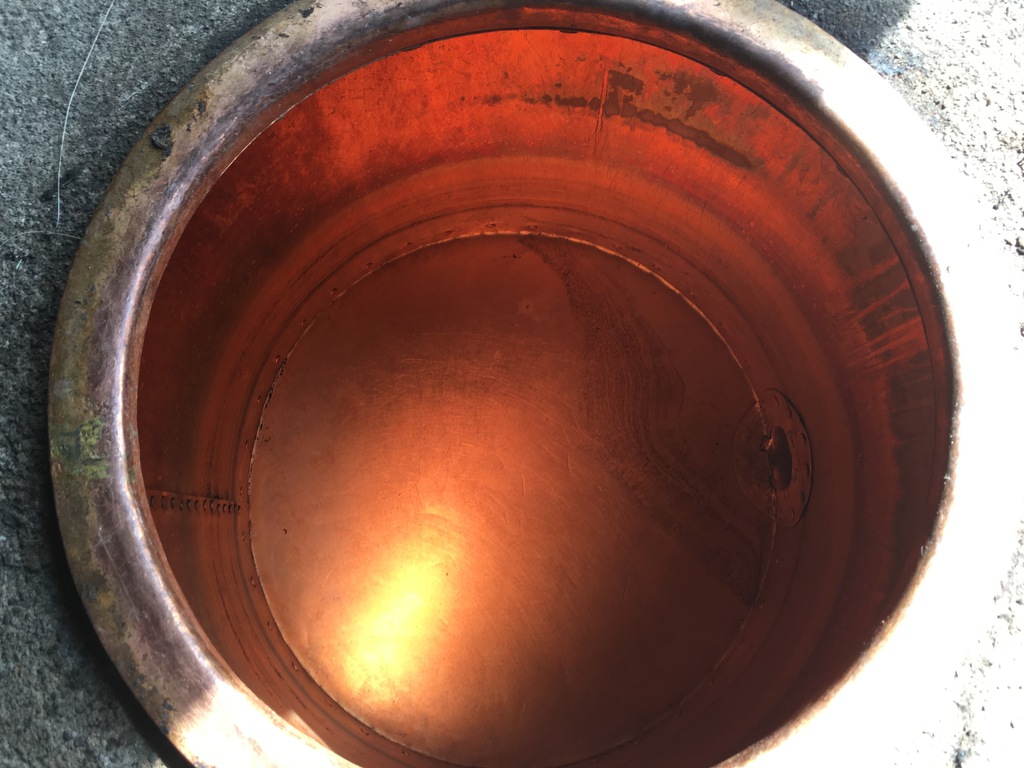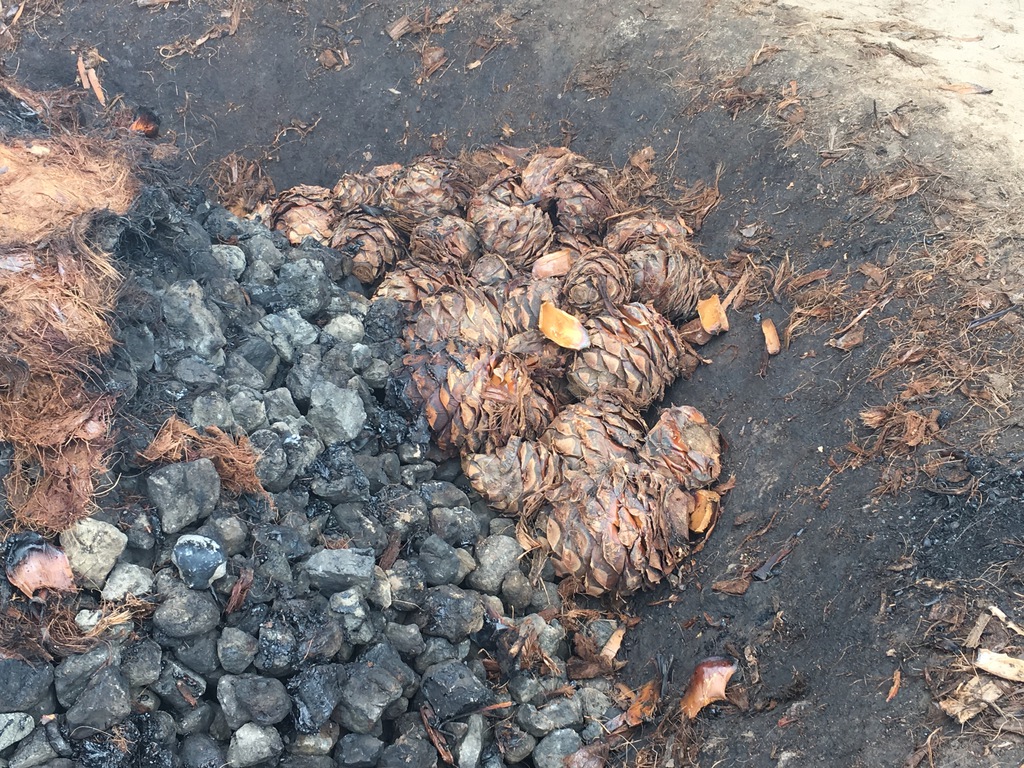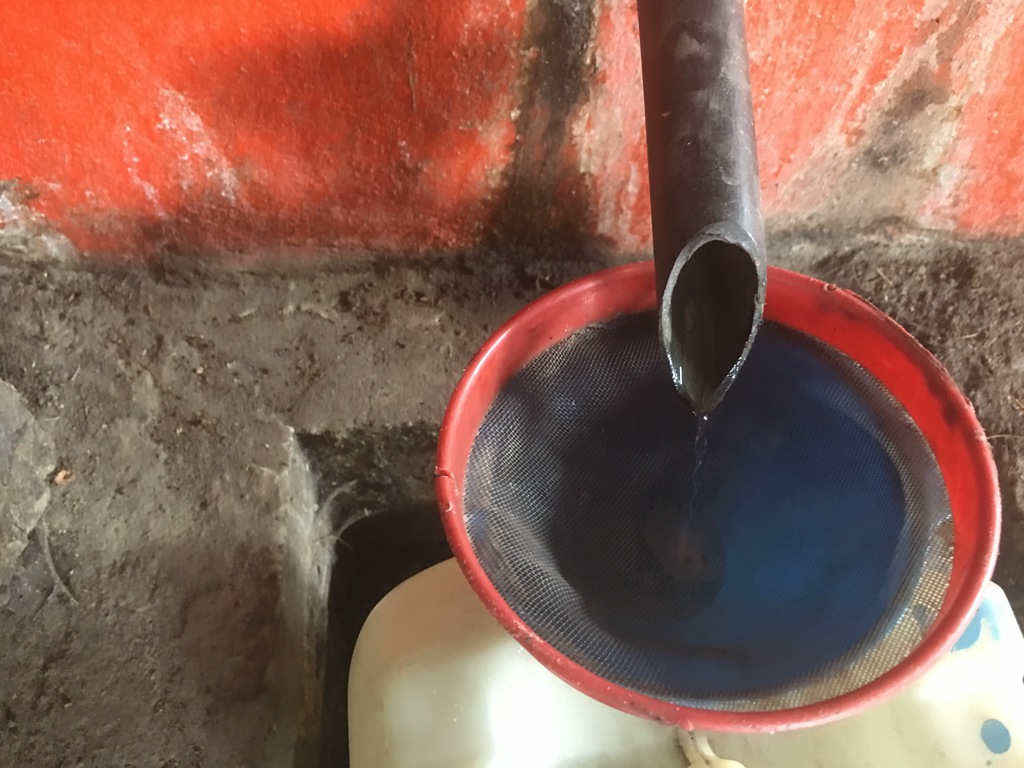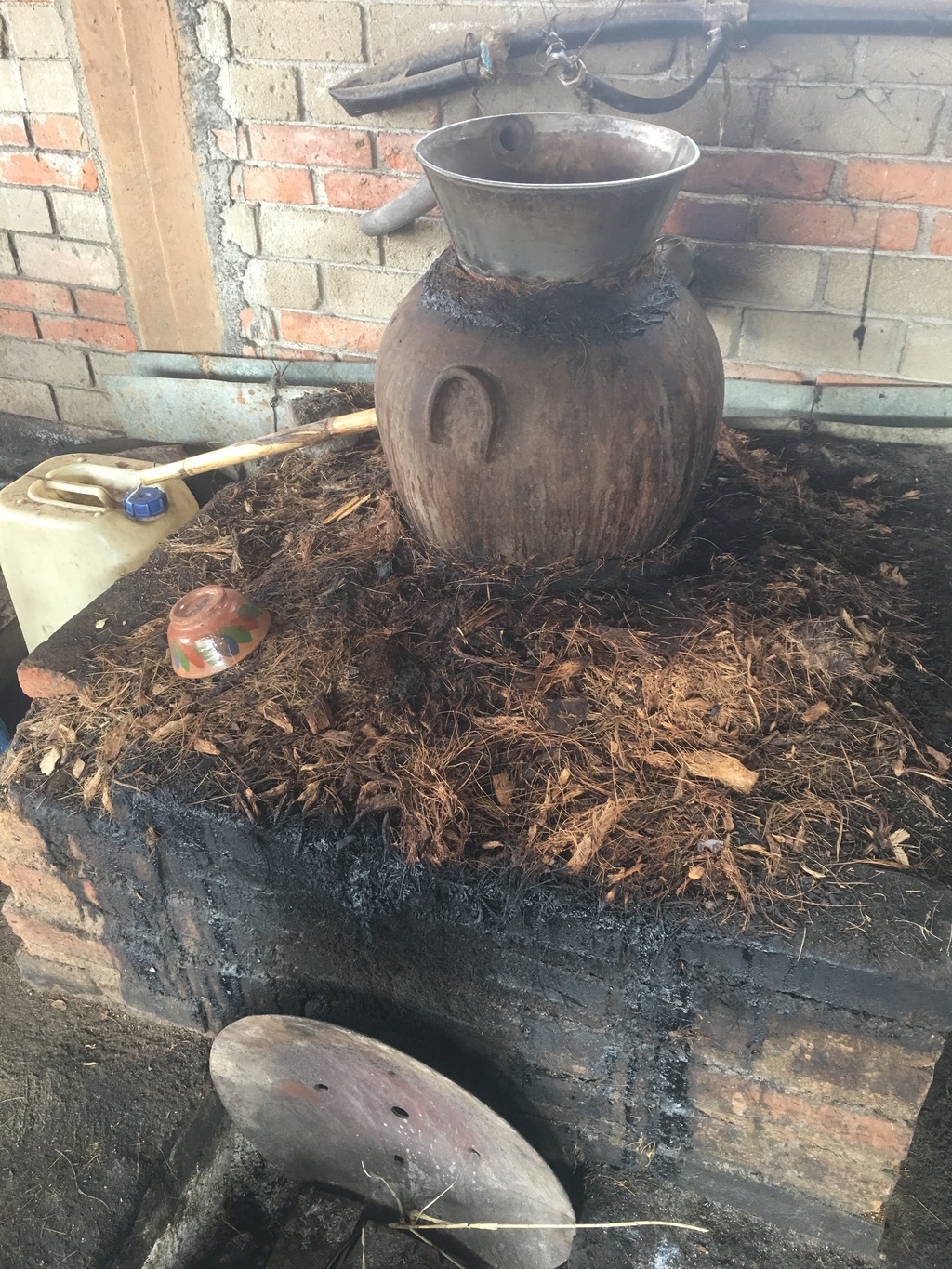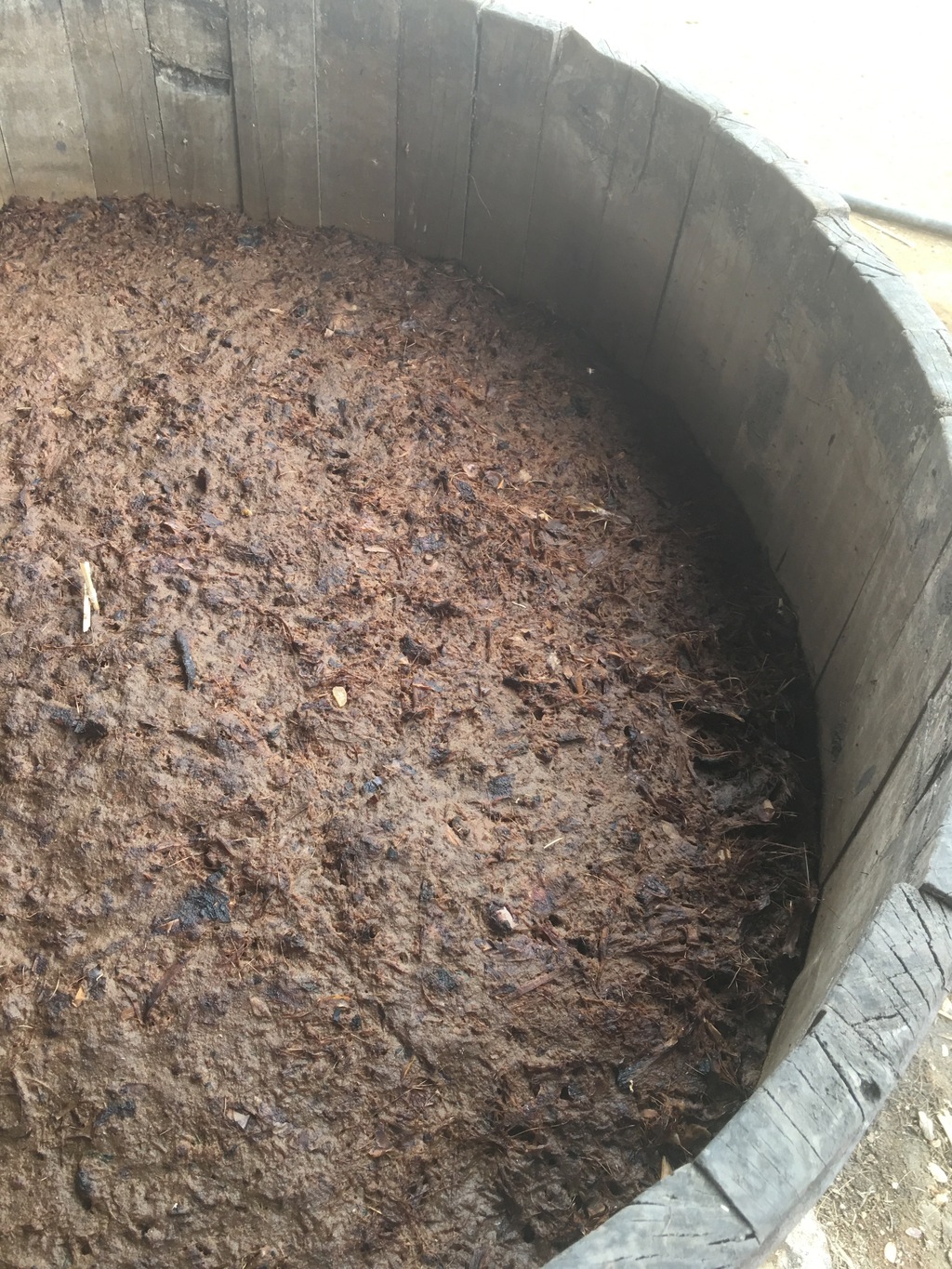Earlier in our journey, we passed through the town of Tequila. I can’t put words to what I hoped to find there, but I can tell you that I didn’t find whatever it was I was looking for. Perhaps my expectations are to blame. I think I expected to find something rustic. Something authentic. Something that was in line with my romantic notions of Mexican culture. What I found instead was an industrial village made up largely of the Sauza and Jose Cuervo tequila production facilities. The village is one of Mexico’s Pueblos Magicos (Magical Towns) meaning that it has retained much of its character despite the industrialization and I can certainly appreciate it for that. I didn’t learn much about tequila that I didn’t already know and I wasn’t able to find anything in the various tasting rooms that really stood out from the crowd.
I’m a member of a Facebook group called “The League of Extraordinary Beer Drinkers”. Every time a beloved craft brewery gets purchased by one of the mega-global beverage companies, the members of that group go apeshit about it. I believe that their outrage is at least partially justified. Anheuser-Busch InBev certainly knows how to make money. They do that by producing a few flagship alcoholic beverages that are marketed as beer. I’m not going to say that their flagship products are bad per-se. Borrowing a term I learned from an Australian at the Funky Monkey hostel in Mazatlan earlier on this trip, Budweiser is a fine “lawnmower beer”. It goes down great when one is out in the hot sun doing something like mowing the lawn but if I want to actually enjoy a beer and savor it, well, I’m not going for a Budweiser. The concern here is that eventually the bean counters will get involved and in an attempt to lower production costs, quality and character will be compromised.
I used to be rather dismissive of those who would denounce their favorite craft beer brand the instant that it gets purchased by a large company. I figured that as long as it tastes good, I haven’t got much concern with the company behind it. That all changed when I saw the differences between the production of tequila and the craftsmanship of mezcal. Save a handful of large, international brands, mezcal is produced on small, oftentimes family-operated establishments called palenques. I am fairly certain that artesenal (craft) tequilas exist, but I can’t say with any certainty that I have ever tried one and I definitely can’t think of one and I’ve drank a lot of tequila.
Given that the aforementioned visit to Tequila was such a letdown craftsmanship wise, I immediately started looking into finding the experience that I wanted while in Oaxaca. What I found was Mezcal Educational Tours founded by Alvin Starkman who is an expert in all things mezcal. This would turn out to be the most informative and interesting tour that I have ever been on and was exactly what I was looking for.
In a nutshell and generally speaking, mezcal production is a five step process beginning with the harvesting of the agave. The other steps are:
- Baking the agave
- Grinding the baked agave
- Fermentation
- Distillation
The first palenque that we visited produces what is referred to as ancestral mezcal. There are several things that make up the ancestral designation (there are regulations covering such things), but suffice to say that this is the most labor intensive production method. In the case of this palenque, after the agave is baked, it is hand chopped with machetes and ground in a stone trough using crude tools which are powered by nothing more than the palenquero’s (mezcal craftsman) muscle. This particular palenque also featured clay pot distillation. I had no idea what that meant and it wasn’t until much later in the tour that I gained an appreciation for it. If you understand distillation, you can probably work out how distillation can be done in a clay pot. If you don’t, I will likely only confuse you by trying to explain it with my own limited knowledge. My takeaway message is that this is an ancient method and requires true craftsmanship to achieve. This technique isn’t taught in school, but rather passed down from generation to generation. This technique is also slower so the only way for a palenquero to make it worthwhile is to charge higher prices for the lower production yields.
If Whole Foods has taught me anything it is that people will pay much higher prices for authenticity and that people in Austin, TX have an appreciation for such things (Sidenote: if anyone in Austin is looking to hire a mezcal purchaser see the “contact” link up there in the menu). That gives me hope that these craftsmen will be able to continue passing along these techniques to future generations.
The remainder of the first day, we toured several more palenques and saw various production stages of mezcal, and of course sampled several. Here are some photos:
Day two of the tour took us to San Juan Del Rio. It is said that this is where the best mezcal comes from and after tasting, I would have to agree. The reason behind this was explained to me and I found it fascinating. You see, most of the mezcal produced in this area is made from agave that is grown an steep slopes. It turns out that agave that grows on steep slopes has to work harder because the rainfall runs down the slope rather than just pooling in the topsoil. Think of this as the equivalent of “lean”, I suppose. This factoid is but one of the nuances that make mezcal so damned interesting to me. Things like the slope that the mezcal grows on has a profound affect on the final product.
While I did allude to only three ingredients needed to make mezcal in the title of this post, I didn’t mention water. There is a requirement for water. Nearly all of the palenques in San Juan Del Rio are near the bottom of the valley. That is where the water is so it makes perfect sense. There is at least one outlier, however. One palenque is perched high above the river and they draw their water from a mountain spring. This too has an effect on the final product and let me tell you, the mezcals we sampled at this palenque were exquisite, my favorites of the entire tour. This palenque had also incorporated some rather ingenious labor saving techniques. I couldn’t help but notice, however, that despite the superior mezcal and the ingenious labor-saving design implementations that this was the only palenque that did not have any current production aside from a couple of fermentation vats doing their thing. This observation alone brought me back to thoughts of craft brewers being swallowed up by international mega corporations. Is this palenque doomed? Have they learned how to make money and will that result in a loss of knowledge of how to make good mezcal? Time will tell, but fortunately for all involved, when it comes to mezcal there’s plenty of time.
Friends of mine who have been there during my transition from tequila fanatic to mezcal aficionado have asked me to explain the difference between mezcal and tequila. Previously, I would rattle off the relevant facts. Having taken an artesenal mezcal tour, the differences seem much easier to me to explain. Tequila is an industry. Mezcal is an art form. If you ever have the opportunity to enjoy mezcal, you should do exactly that. Take it slow. Enjoy it. Give it the respect that it deserves. Appreciate that it is made from agave, sun and time. Lots of time.
Would you like to have drinks with us? Do you know any great drinking establishments that we should check out along (or even off) the Pan-American Highway (we love quirky)? Would you like us to review your bar or a particular alcoholic or caffeinated beverage? Do you know of a beer fest or other drinking themed event along the route? If you answer yes to any of the above, Contact us!


